'One in a Million' Yellow Cardinal Spotted
Experts propose different theories for why bird's plumes have a mysteriously mustard hue.
Looking out at her quaint Alabama backyard in late January, Charlie Stephenson noticed something unusual. A strange species of unfamiliar yellow bird was pecking at her hanging birdfeeder.
As a seasoned birdwatcher, Stephenson had seen scores of cardinals in the past. But with its mustard-color coat, this flier was different. So, she took a photo with her iPhone and posted it on Facebook.
Stephenson told AL.com she has seen albino and leucistic birds, the latter being animals that are mostly white but can produce some pigment. (Related: "Why Yellow Birds Mysteriously Turn Red.")
But this golden visitor is neither: it's a male northern cardinal with a "one in a million" genetic mutation that made its red feathers yellow, according to Geoffrey Hill, a bird curator at Auburn University in Alabama.
In his 40 years of cardinal birdwatching, Hill has never seen a yellow bird like this in the wild.
The unusually yellow cardinal is not to be confused with the yellow cardinal, an endangered South American species with black and white markings and the occasional green tinge. (Related: "Extremely Rare Albino Orangutan Found in Indonesia.")
THE YEAR OF THE BIRD
In 1918 Congress passed the Migratory Bird Treaty Act to protect birds from wanton killing. To celebrate the centennial, National Geographic is partnering with the National Audubon Society, BirdLife International, and the Cornell Lab of Ornithology to declare 2018 the Year of the Bird. Sign the pledge to find out this month's action and share your actions using #BirdYourWorld to increase your impact.
Seeking Songbird
After Stephenson posted the photo, her friend and professional photographer Jeremy Black came over to photograph the bird.
"At the time, I had no idea one even existed," Black says. "I kind of thought it was Photoshopped for a second."
42 Photos of Colorful Animals

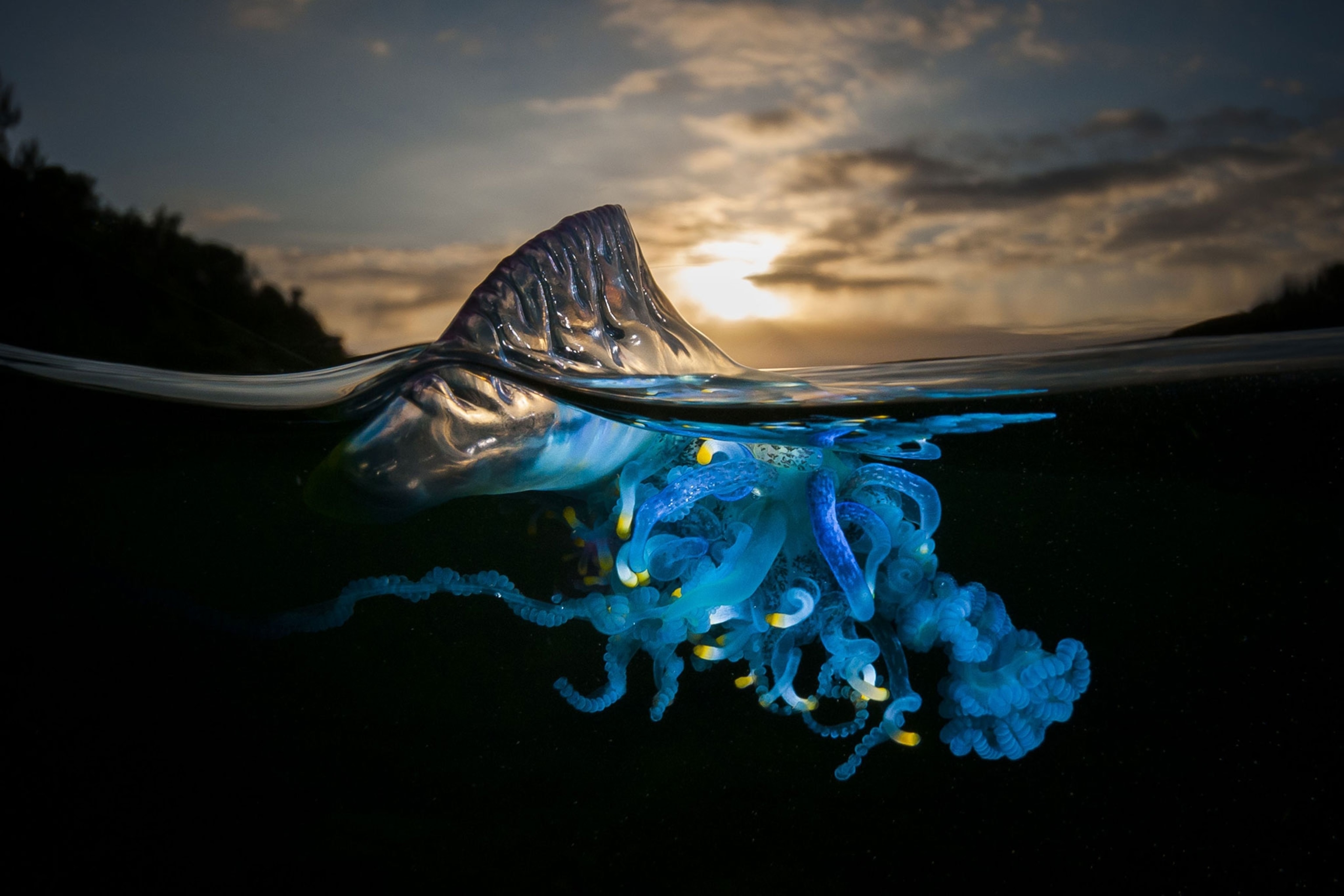

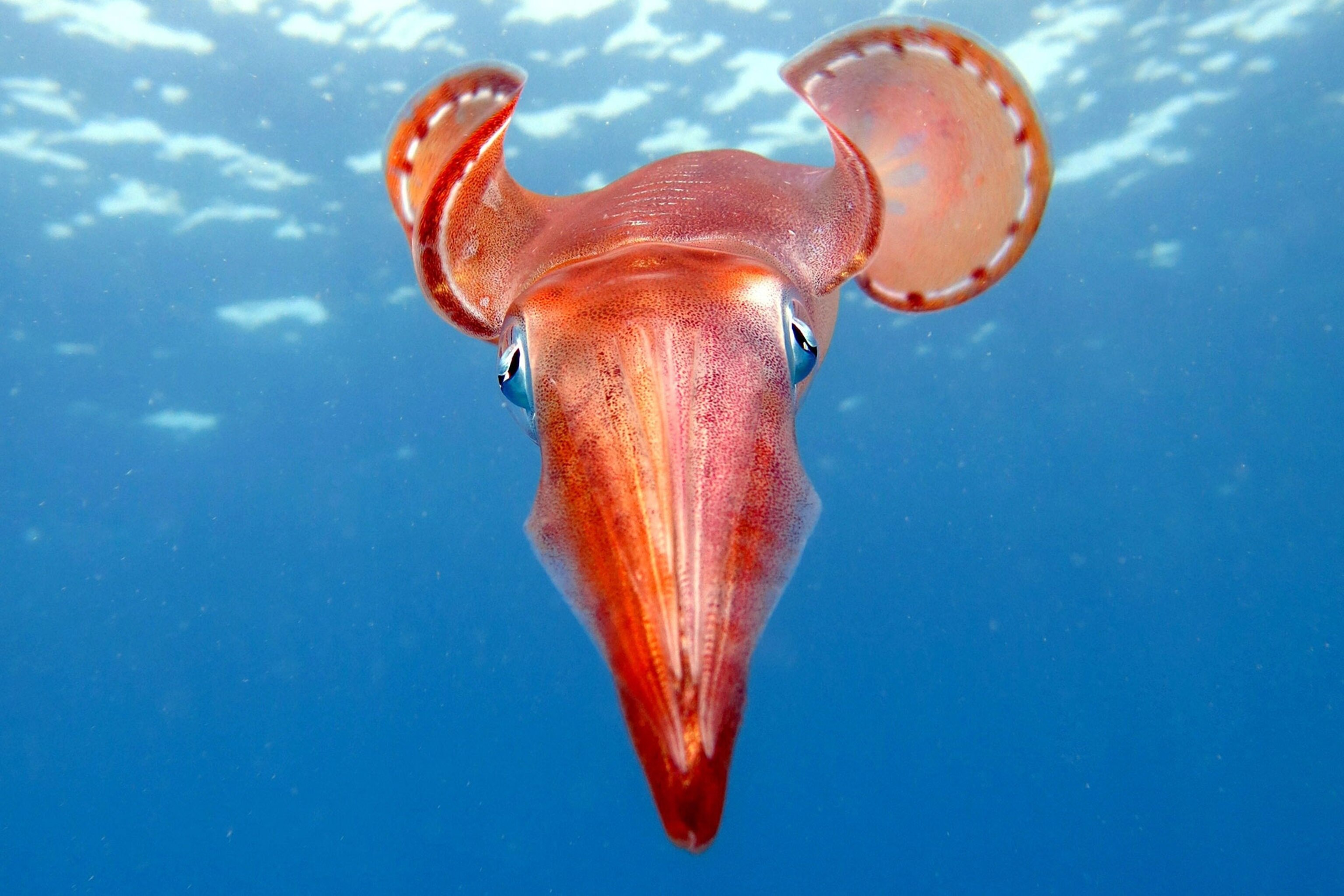
























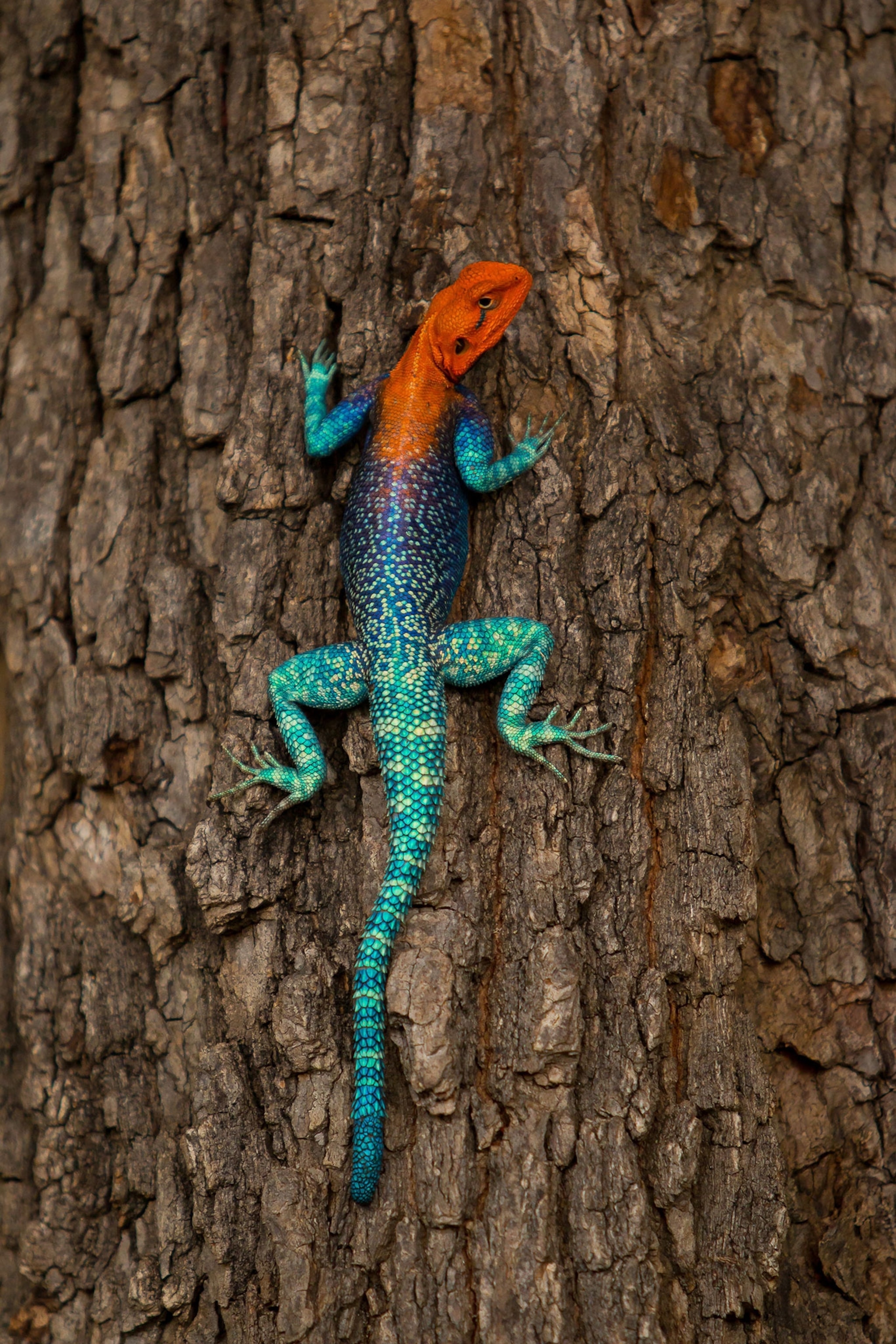





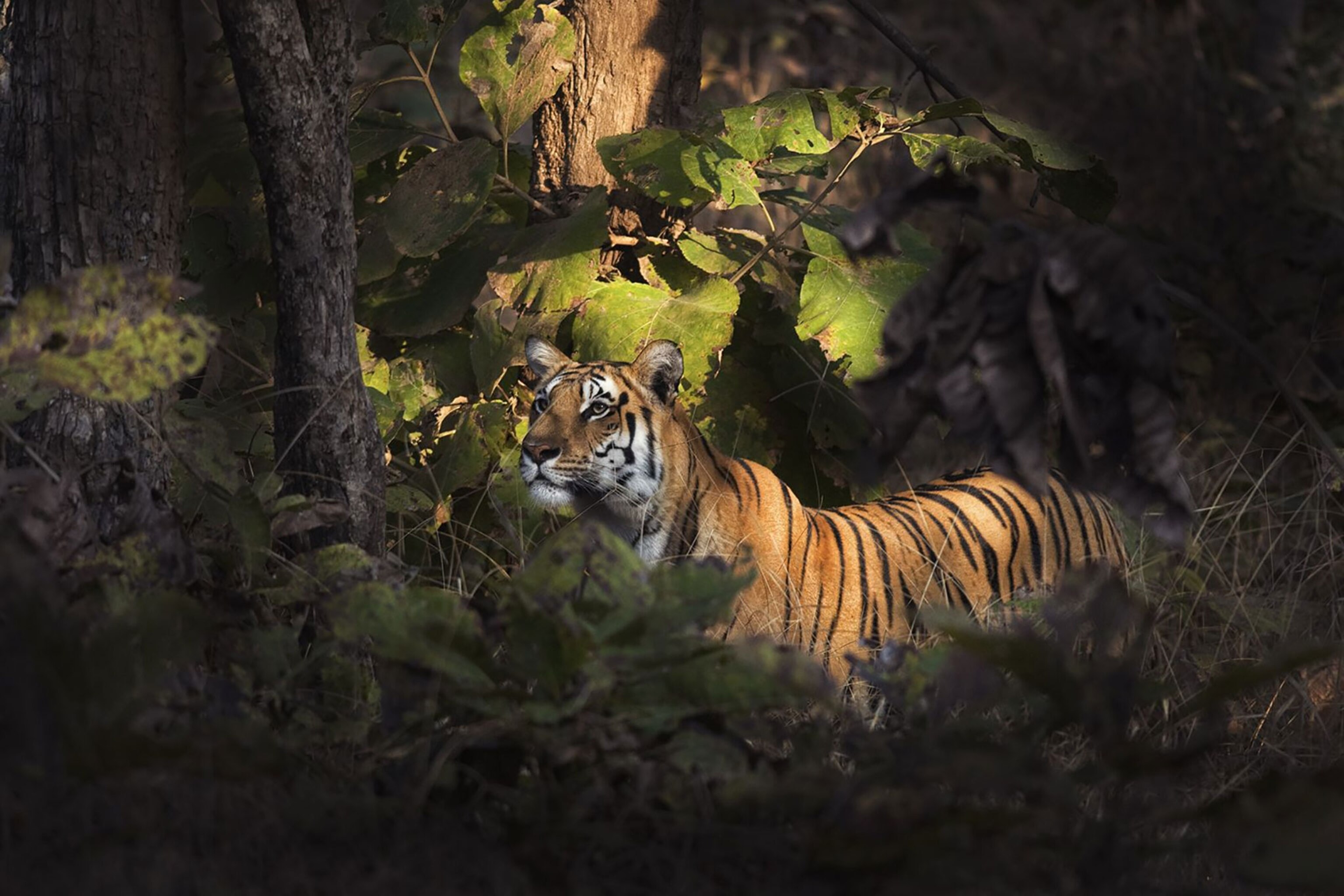

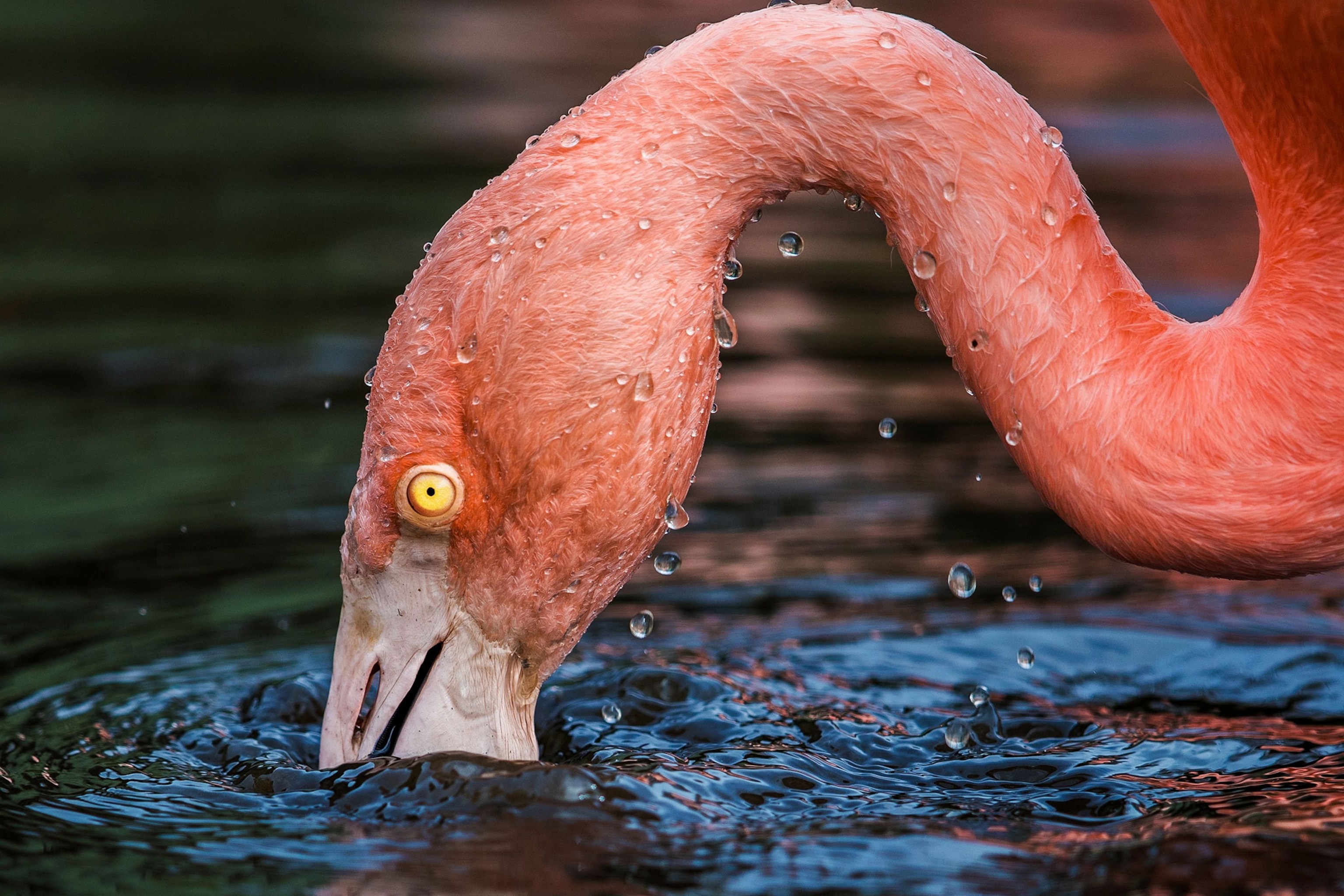





On February 17, Black spent five hours scouring Stephenson's backyard with his camera and a pair of binoculars—but after seeing only red cardinals, he withdrew to Stephenson's screened-in porch.
Then, a few hours later, the elusive songbird landed in her neighbor's yard.
"As soon as it landed, I was starstruck," Black says. "It kind of took my breath away a little bit."
Black could only manage two or three shots before a squirrel startled the bird and it flitted away again. He's been trying to get more photos ever since, visiting her yard daily for the last week or so.
Red or Yellow?
Songbirds get their color from yellow, orange, and red pigments called carotenoids found in their food, like sweet potatoes and carrots. Although wild songbirds typically eat yellow-pigmented foods, they can transform that color into warm, red feathers. (Related: "Why These Giraffes Are Completely White.")
But a rare mutation residing in the genes of the cardinal in question might be blocking that color-changing pathway, diluting the bird's red pigment to yellow.
Genetics might not be the only thing to blame for this odd-looking cardinal. The bird's discoloration could also be a sign of illness, Geoff LeBaron, Christmas bird Director at the National Audubon Society, said on the organization's website.
LeBaron points out that the bird's crest and wing feathers are rather worse for wear, a possible indication of a poor diet or stressful environment—factors that may be preventing the bird from boasting its true, vibrant red hue. (Related: "Why This Swedish Moose is Entirely White.")
If the same yellow bird is seen in Alabaster next winter, then it likely has a genetic mutation, he says. DNA analysis could definitively solve this color-confused mystery, though there are no plans to capture the animal. (Related: "How Color-Changing Animals Are Rebelling Against Climate Change.")
"Time will tell with this bird," LeBaron says.







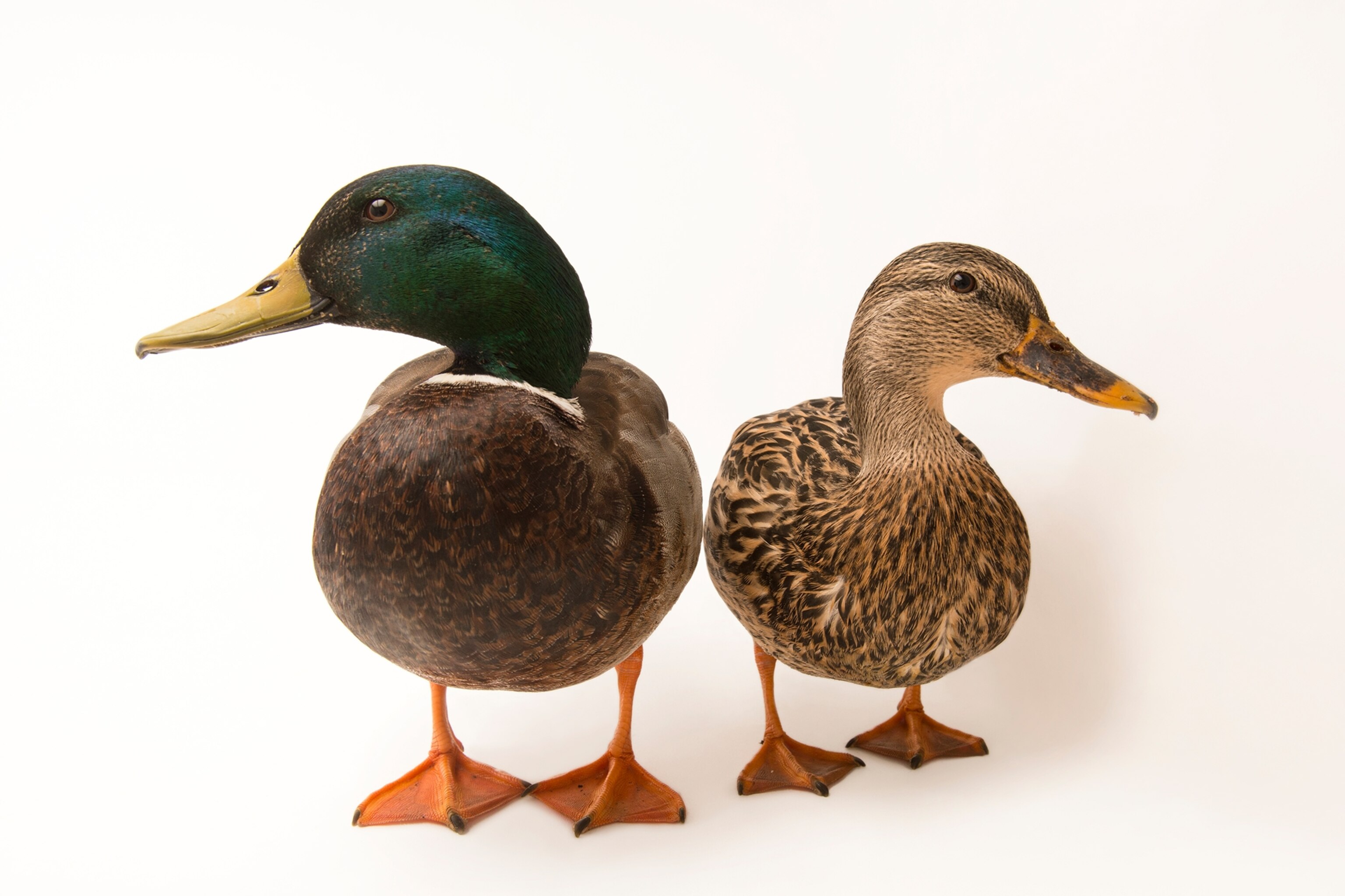


You May Also Like
Go Further
Animals
- This fungus turns cicadas into zombies who procreate—then dieThis fungus turns cicadas into zombies who procreate—then die
- How can we protect grizzlies from their biggest threat—trains?How can we protect grizzlies from their biggest threat—trains?
- This ‘saber-toothed’ salmon wasn’t quite what we thoughtThis ‘saber-toothed’ salmon wasn’t quite what we thought
- Why this rhino-zebra friendship makes perfect senseWhy this rhino-zebra friendship makes perfect sense
Environment
- Your favorite foods may not taste the same in the future. Here's why.Your favorite foods may not taste the same in the future. Here's why.
- Are the Great Lakes the key to solving America’s emissions conundrum?Are the Great Lakes the key to solving America’s emissions conundrum?
- The world’s historic sites face climate change. Can Petra lead the way?The world’s historic sites face climate change. Can Petra lead the way?
- This pristine piece of the Amazon shows nature’s resilienceThis pristine piece of the Amazon shows nature’s resilience
- 30 years of climate change transformed into haunting music30 years of climate change transformed into haunting music
History & Culture
- When treasure hunters find artifacts, who gets to keep them?When treasure hunters find artifacts, who gets to keep them?
- Meet the original members of the tortured poets departmentMeet the original members of the tortured poets department
- When America's first ladies brought séances to the White HouseWhen America's first ladies brought séances to the White House
- Gambling is everywhere now. When is that a problem?Gambling is everywhere now. When is that a problem?
Science
- Should you be concerned about bird flu in your milk?Should you be concerned about bird flu in your milk?
- Here's how astronomers found one of the rarest phenomenons in spaceHere's how astronomers found one of the rarest phenomenons in space
- Not an extrovert or introvert? There’s a word for that.Not an extrovert or introvert? There’s a word for that.
Travel
- This striking city is home to some of Spain's most stylish hotelsThis striking city is home to some of Spain's most stylish hotels
- Photo story: a water-borne adventure into fragile AntarcticaPhoto story: a water-borne adventure into fragile Antarctica
- Germany's iconic castle has been renovated. Here's how to see itGermany's iconic castle has been renovated. Here's how to see it




